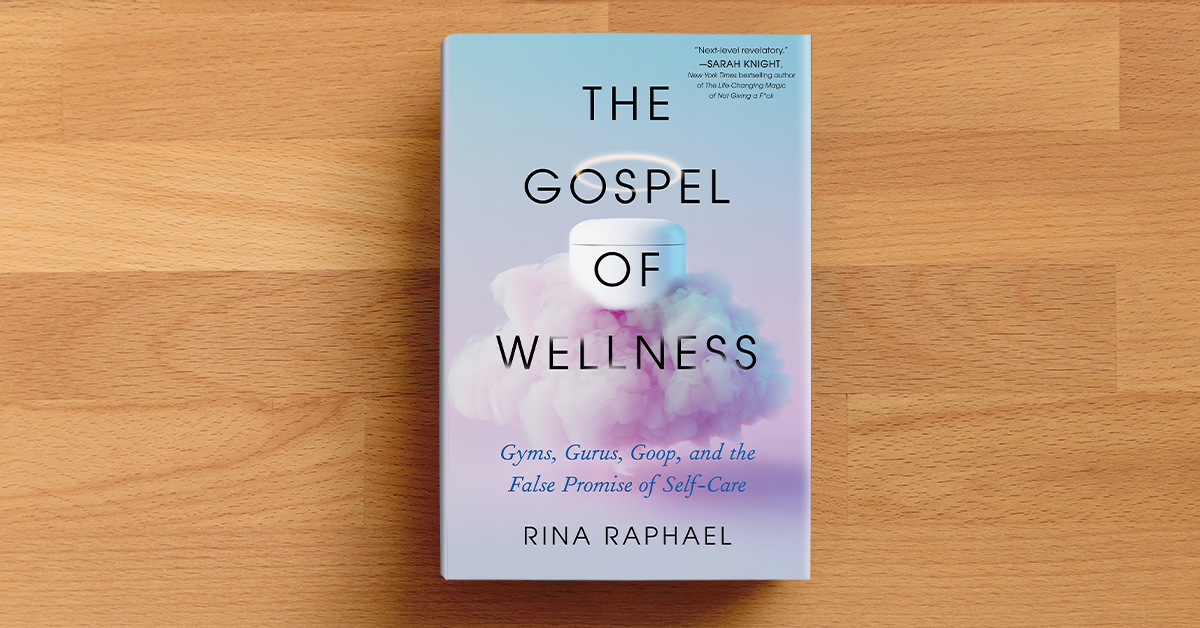
“The Gospel Of Wellness” Author Rina Raphael On Why The Wellness Industry As We’ve Known It Is Losing Its Grip On Consumers
As a chronicler of the multitrillion-dollar wellness industry, journalist Rina Raphael has interviewed Colleen McCann, Goop’s in-house shaman and the performer of crystal-assisted exorcisms, checked out $495-a-month members-only wellness social club Remedy Club, and taken a class from Ally Love, the CAA-repped Peloton instructor and podcaster who Raphael calls “the patron saint of modern workouts.”
But Raphael isn’t a detached extreme wellness hagiographer. She was previously an avid wellness industry participant, guzzling down kombucha, hitting gyms to try the latest exercise craze and keeping constant watch on her fitness tracker. In her new book “The Gospel of Wellness: Gyms, Gurus, Goop, and the False Promise of Self-Care,” she writes, “I mean, who doesn’t want a bit of aspiration in their lives? I know I did. And I wasn’t any more immune to the industry’s charm than any other adherent. My life was consumed by wellness.”
The wellness industry’s charm, though, has faded for Raphael. She’s grown skeptical of its claims and less prone to shell out for every new aromatherapy device marketed to her. Raphael isn’t the only one. Today, she’s reporting on a younger generation of consumers that doesn’t necessarily buy what wellness brands are selling. Beauty Independent talked to her about how their critical eye will transform the wellness industry, the burden clean beauty can place on women, and whether the Goop era of wellness is over.
How did you get into covering wellness?
I used to work for NBC News. I mostly covered lifestyle, everything from health, travel, beauty, fashion. I moved to Los Angeles, and I got very, very into wellness culture, boutique gyms, green juice, natural wine, you name it. Soon enough, my metamorphosis affected my work. I was pitching more and more about the wellness industry. Wellness was really booming at that point. It was a really profitable and interesting market. I started covering it full-time for Fast Company magazine and even started a newsletter called Well To Do with them. So, it was from both a personal and professional standpoint that I was really ensconced in this market.
What were the catalysts for wellness becoming commodified?
It’s a tough question to answer because, when we talk about the wellness industry, we’re talking about over a dozen sub-sectors. You’re talking about fitness, beauty, travel. But, if you speak to the average American woman, you will see that they’re exhausted, they’re stressed out. I spoke to a lot of women who said that they became more interested in wellness following the 2016 presidential election, where they just felt like they were at their wit’s end, and you couple that with work-life balance being out of whack.
Now, compared to 20 years ago, your boss can ping you at all hours, there’s almost no separation between work and home for some women. Tech dependence, the news cycle, politics, for a lot of women, they feel like that got out of control. That’s not all women.
Plenty of experts I spoke to said that boutique gyms really got popular around 2002, 2003. Some researchers connect that 9/11. They say that what happened was so traumatic that 9/11 inspired people to really reflect on their life, how they want to live. For example, some people who work in the spirituality market say they saw a push after 9/11.
There’s not one exact impetus, it’s multifactorial, and it really depends what sector you’re speaking on, also what psychographic and demographic. Parents are different than single women, different parts of the country [are different].
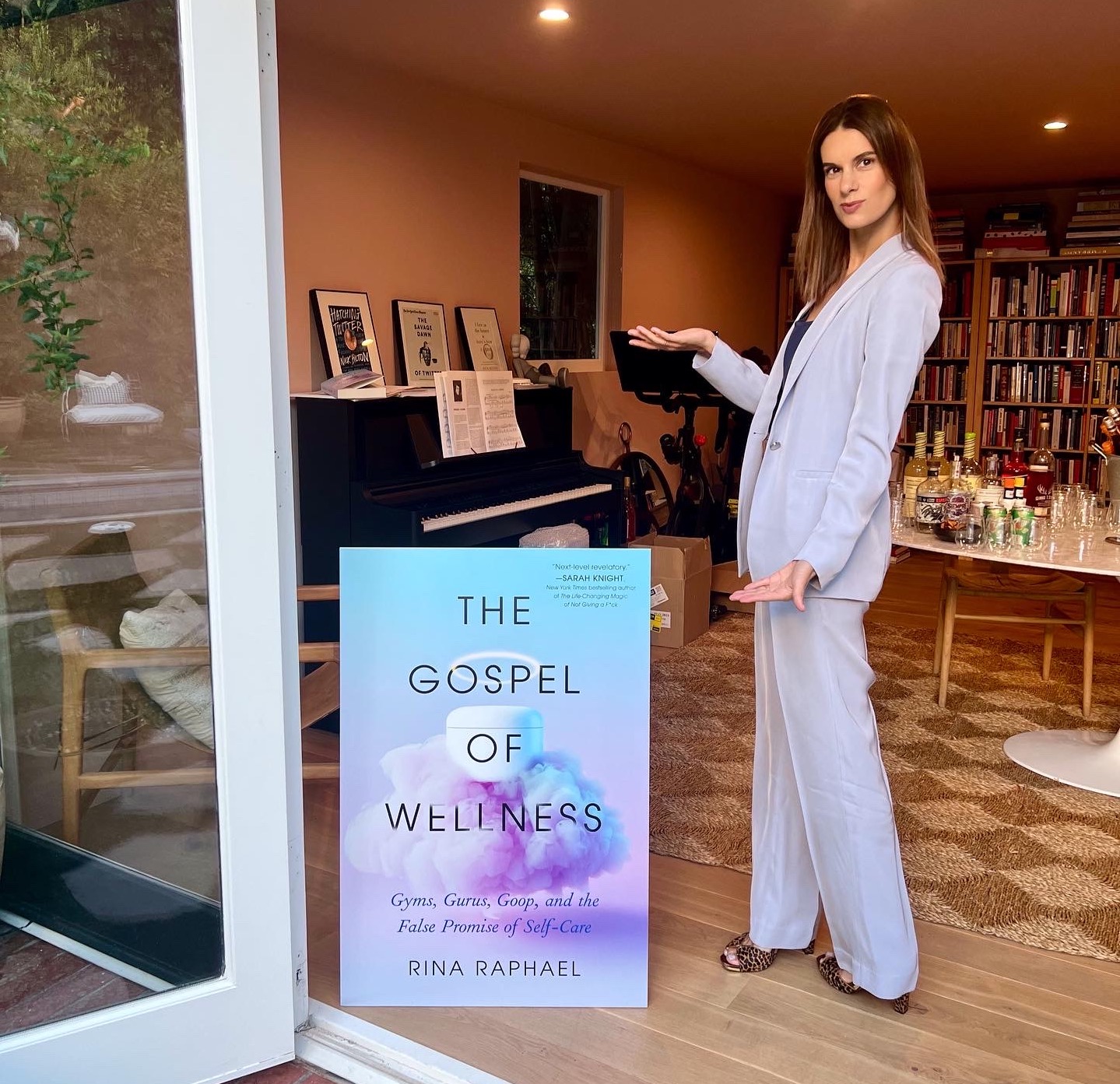
A lot of women feel unheard by Western medicine.
Definitely. I’m not the first to report on this, but there are a lot of women who feel mistreated, gaslit or ignored by the medical establishment. This is everything from women feeling like their conditions are being ignored to being told that, if they have a certain condition, it might be their fault.
That’s not every women’s experience with medicine, I don’t want to make that blanket statement, but there is a group of women who feel like they’re not being heard by their doctor. If you look at the average medical appointment, which lasts 16 minutes, it makes sense. So, they’re veering towards alternative medicine practitioners, who maybe can give them more time, who maybe will listen to them or who say that they will have a solution for their problems.
There are real issues within the medical establishment, and it’s not just patients who are frustrated. Doctors are also frustrated. I spoke to doctors who said that they would love to spend an hour or two with their patients, but the system doesn’t incentivize spending time with your patients.
That being said—and this is a really important point—one of the reasons that women go to their doctor don’t feel heard or they feel like there’s no solution for, let’s say, a chronic condition, it’s because women’s health conditions are underfunded and under-researched.
The interest in astrology is a sort of substitute for institutional religion, meaning that, as people lose religion in this country, they look to other things like astrology. Do you feel like there’s some element of that in wellness?
There’s a chapter called Crystal-Clear Futures, which is exactly on that topic. The fastest growing demographic right now are called “nones,” people who do not have a specific organized religion affiliation. However, the polls are showing that just because someone is not affiliated with organized religion doesn’t mean that they don’t consider themselves spiritual. We are a very religious country. If you take away organized religion, something else is going to fill that gap.
Now, that could be astrology. A lot of these things are very appealing to women because they’re decentralized. They potentially see them as not being marked by some of the scandals of organized religion. There are multiple reasons why new age spirituality ideas are very appealing to women, and they get a lot out of them.
People are looking for meaning, guidance, community, purpose, all things that organized religion used to give us. Within that void, you are going to find a lot more people who will fill it with something else.
Do you think the Goop era of wellness is over?
It’s not over. We’re America, we have a long history of snake oil salesmen. You are never going to get rid of quick fixes and sham products. However, I wrote for the LA Times a month ago about how the Goop-ification of wellness is on its way out. Now, that doesn’t mean we’re never going to see some insane CBD product, but what I am saying is that you are seeing consumers really wise up and really analyze what they’ve been buying.
Partially coming out of the pandemic, I think there was such a big focus on health and misinformation, but also you’re just hearing more and more people talk about the importance of mental health, and they’re using that prism to also look at what they’ve been told they have to do for their health.
They don’t want to be told anymore that they have to beat their body up with workouts, eat clean or buy certain products. Oftentimes, when I speak to women now, they’ll talk about working out because they need a stress release, not because they need a specific body. There is a little bit of rebellion against the productivity, hyper-consumerist mandates of the wellness industry.
Gen Z associates the hyper-consumerist, productivity mandate of the wellness industry with the millennial quote unquote girlboss era, and they’re rejecting it. They want to take a more relaxed approach to their health and wellness.
Lastly, there are a lot more science-based influencers now on social media—I wrote about this for The New York Times—who are debunking some of the myths within the wellness industry or pointing out that topics are a lot more nuanced than have been presented to the consumer. You have influencers like Lab Muffin who are really trying to explain the science. We have a lot more people who are combating the wellness influencers who weren’t always leading with science, were cherry-picking science or had just very paltry scientific evidence.
When you think about companies or trends that are going to be relevant for this gen Z consumer who’s a lot more skeptical, what do you think they’ll be like?
I think that they’re going to use less fear-based marketing and also have a big emphasis on mental health, not telling people that, if they don’t buy something, they’re going to get sick, or if they do buy something, it’s toxic. That messaging is not in line with what they see as a mental health approach to their life.
What have been the consequences of clean beauty for the consumer?
I don’t want to paint it with too wide of a brush, but we’re seeing that some consumers take simplistic messaging from the clean beauty industry and then blame themselves if they can’t afford quote unquote clean products, or they get scared of products that they automatically assume are quote unquote dirty. That sets up women to blame themselves.
I spoke to some women who, for example, if their child got sick, they automatically thought it’s because they used certain products, even though there’s no way to prove what made their child sick. This is where it can become a little dangerous.
Also, we’re framing things as clean versus dirty. What ends up happening sometimes is people who can afford these things, they believe that they’re poisoning themself. The science is a lot more complicated. So, this idea that we’re terrifying women about certain products isn’t very healthy.
The other issue that I have is that it’s extremely gendered. I have a line in the book where I say, “I don’t see men terrified of their body wash.” It feels like this industry is targeting women. It’s partially because women use more personal care products. I understand that, but the burden is always on women—and it’s not just clean beauty, it’s also food—to buy their way out of these problems.
In the book, you talk about even car manufacturers incorporating wellness. It gets to a point where it’s ridiculous. How far do you feel the push into wellness can go?
We have seen some ridiculous ideas, but I do see less ridiculous products coming out. I spoke to trend analysts who said, for example, that CBD as an ingredient has lessened and ingredients like activated charcoal [have lessened]. At the same time, you’ll see new fad ingredients like sea moss or chlorophyll. You’re never going to get rid of the trendiness of this industry or the fad-ification of wellness.
When I first got into wellness, it was all about bone broth, then it was green juice, then it was kombucha, then it was functional elixirs, then it was CBD seltzer. We’re treating wellness like fashion, where every six months there’s a new big hot thing you need to get into. That’s partially because of influencers, but also because of media. I don’t think that’s ever going to go away, but I do see a lot more consumers pausing before going all in on the next hottest big thing.
How has your approach to wellness changed?
I’m far more relaxed now than I was in years past, and that’s because I think that I just got exhausted by it all. I was eating clean, I was arming myself with quote, unquote toxic guides to go shopping. Wellness dictated what I ate, where I vacationed, where I hung out with friends.
There are a lot of things that I gained from it that I really appreciated. For example, I talk in the book about how much I really enjoy The Class by Taryn Toomey. In other ways, it was also making me, ironically, unwell. Clean eating gave me disordered eating for a while. I became obsessed with my Fitbit. If I didn’t work out every day, I would punish myself. I was spending a fortune on products that I didn’t really understand the science behind.
Now, I don’t blame myself if I get sick, and I spend far less money. I’ve also come to understand that there’s a lot of stuff that you can do for yourself that are just free. I don’t have to spend a pretty penny on some product or on some class. Even just sitting down with a cup of tea can calm me down.
What does the future hold for wellness?
I don’t have a crystal ball, but a lot of industries are realizing they really need to back up their claims with science. That being said, we are seeing a lot of what Michelle Wong of Lab Muffin calls science-washing. Companies are now realizing, “Hey, we can’t just make statements and not back them up,” so they’ll cherry-pick science or use paltry evidence. There is risk in that. I think a lot of consumers are now scanning let’s say the Whole Foods aisles with all the screeching labels and pausing to say, “Wait, can I really believe all of this? Where is the evidence?”
Is there anything in particular you want people to take away from the book?
In the last chapter, I have a list of tips. Be wary if someone is selling you something. Analyze who your sources are. Overall, I think that the average person knows what they should be doing for their health. They don’t need all these expensive tools, and they don’t need to drive themselves crazy to be well. And, by the way, how do you even define well? It’s so subjective.
This interview has been edited for length and clarity.

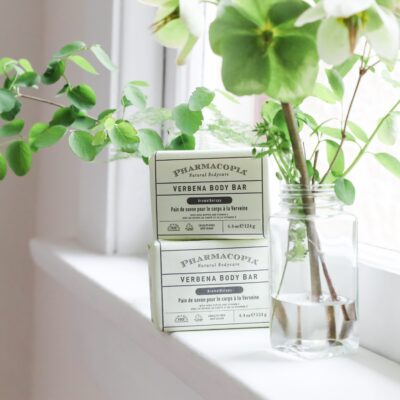
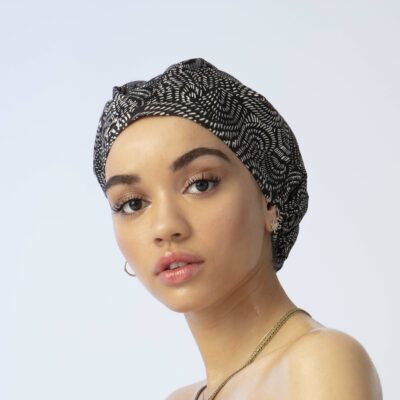
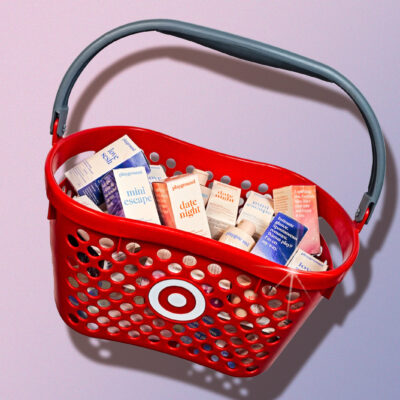

Leave a Reply
You must be logged in to post a comment.